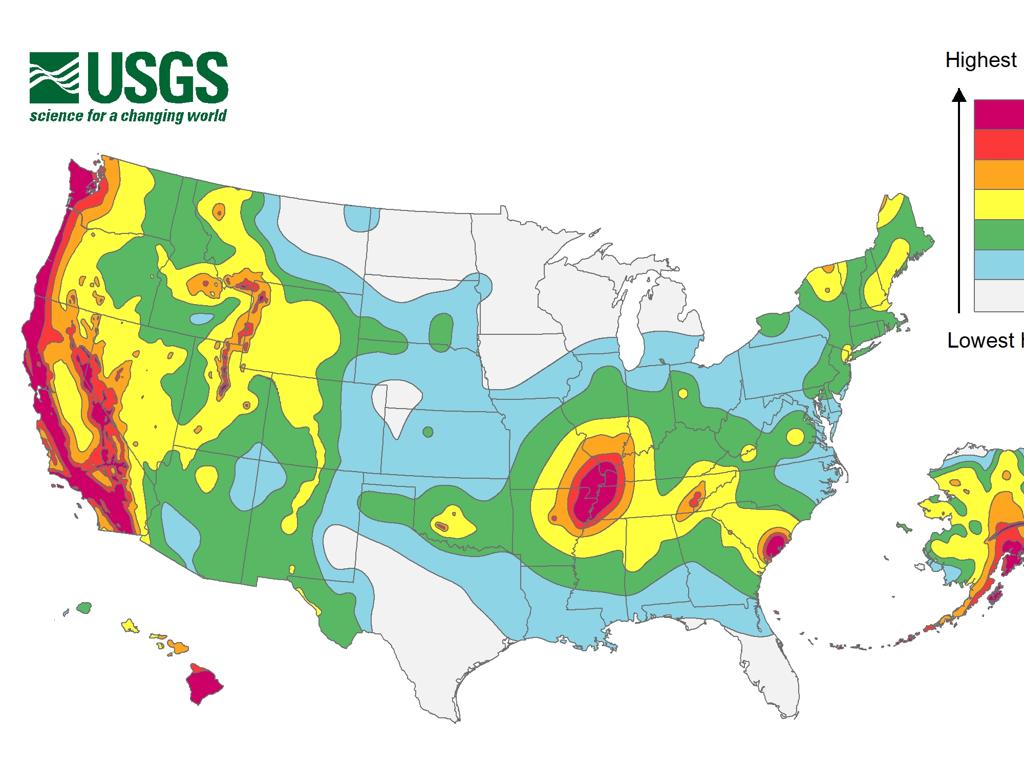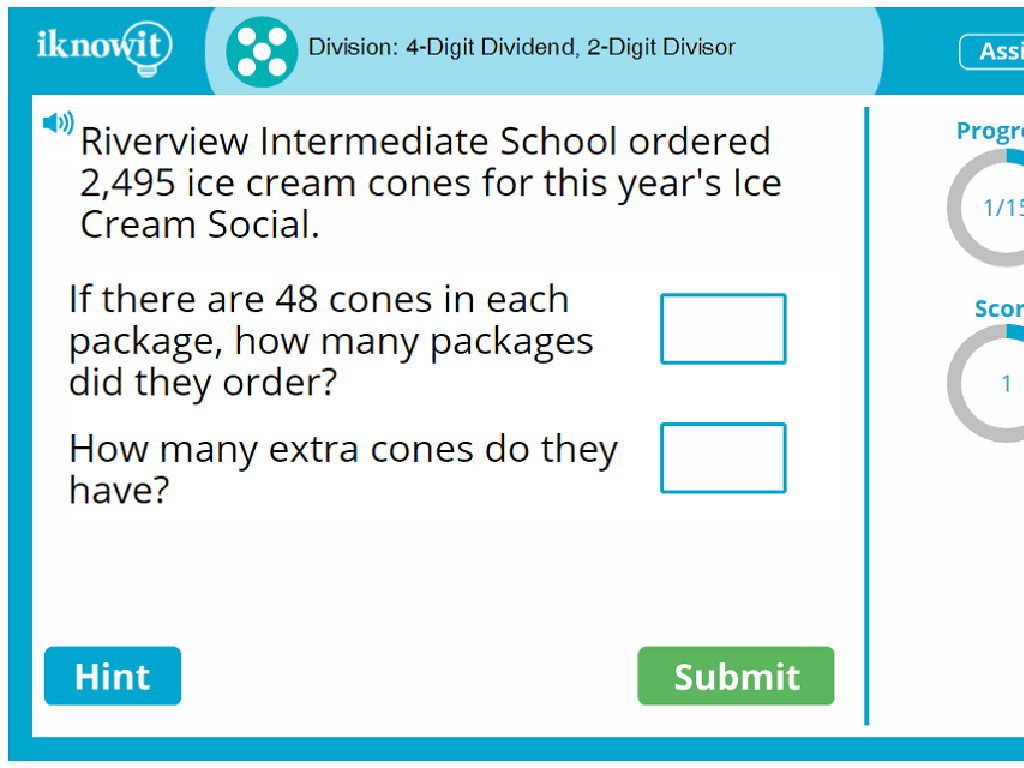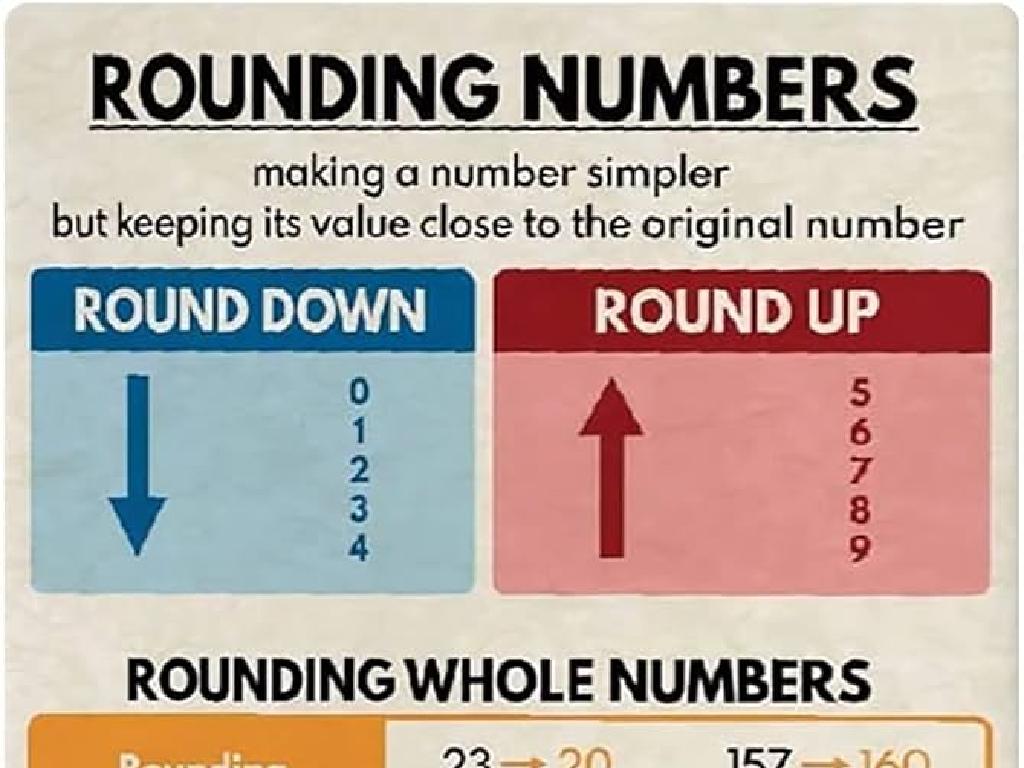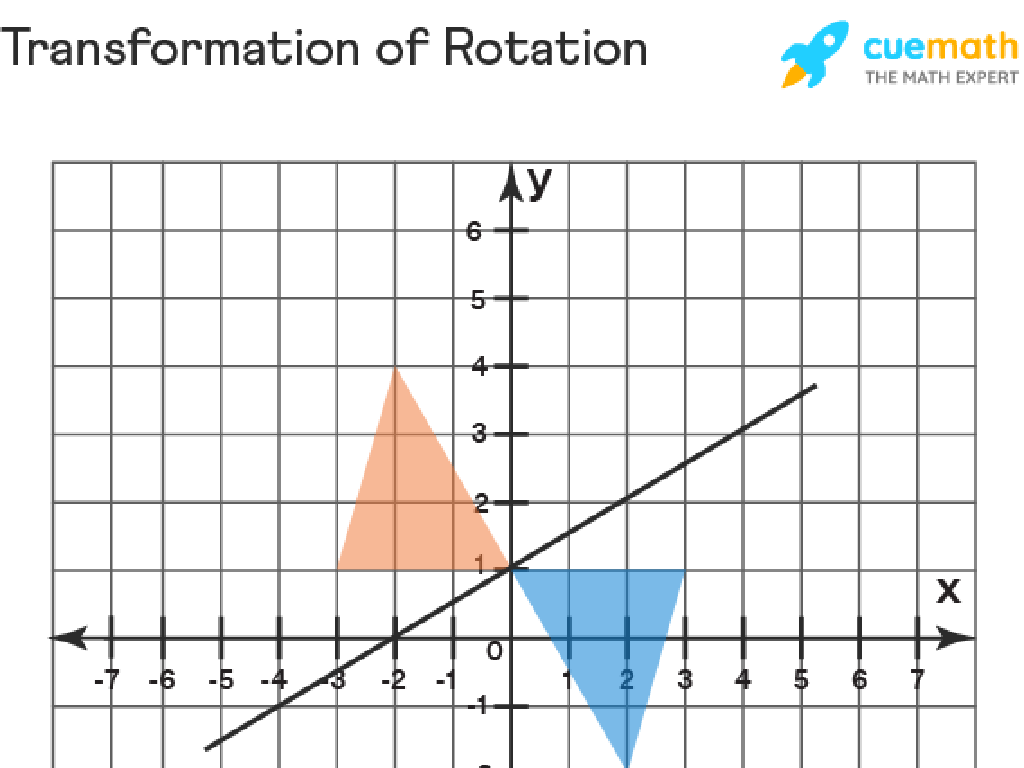Identify Constellations
Subject: Science
Grade: Fourth grade
Topic: Astronomy
Please LOG IN to download the presentation. Access is available to registered users only.
View More Content
Welcome to the Stars: Constellations
– What are constellations?
– Groups of stars forming patterns, named by people long ago.
– Constellations in history
– Used for navigation and storytelling by ancient cultures.
– Why study constellations?
– Helps astronomers map the sky and track celestial objects.
– Recognizing patterns in the sky
|
Begin the lesson by explaining that constellations are patterns of stars in the sky that have been recognized and named by different cultures throughout history. These patterns often represent characters or animals from stories and myths. Emphasize the historical importance of constellations in navigation and how they helped sailors find their way at sea. Discuss why constellations are still important today, such as for astronomers to map the sky and for us to understand the movement of celestial objects. Encourage students to look for patterns in the stars and to use their imagination to create their own constellations.
Exploring the Stars: Introduction to Astronomy
– Astronomy: Exploring outer space
– The scientific study of planets, stars, and galaxies.
– Meet the astronomers
– Scientists dedicated to studying the universe and its wonders.
– Telescopes: A stargazer’s tool
– Telescopes help us see faraway stars and planets.
– Navigating the sky with star charts
– Maps of the night sky that help us find constellations.
|
This slide introduces students to the basics of astronomy, the science that deals with the study of celestial objects and phenomena. Explain that astronomers are like detectives of the universe, using tools like telescopes to observe distant stars, planets, and galaxies. Highlight how telescopes magnify our view of the night sky, allowing us to see things we can’t with the naked eye. Introduce star charts as essential tools for astronomers to locate and identify constellations and celestial bodies. Encourage curiosity by discussing how these tools help us learn more about the vast universe we live in.
The Stories in the Stars: Constellations
– Constellations are star patterns
– Linked to ancient stories and myths
– Example: Orion the Hunter
– Orion: A hunter in Greek mythology with a belt of three stars
– Example: Ursa Major & Cassiopeia
– Ursa Major: Known as The Big Dipper; Cassiopeia: Shaped like a ‘W’ or ‘M’
|
This slide introduces the concept of constellations as patterns of stars in the night sky, which have been recognized and named by various cultures throughout history. These patterns often have fascinating stories and myths associated with them, such as Orion the Hunter, a prominent constellation recognized by its distinctive belt of three stars. Ursa Major, or The Big Dipper, is another well-known constellation that is part of a larger pattern representing a great bear. Cassiopeia, easily identifiable by its ‘W’ or ‘M’ shape, is named after a vain queen in Greek mythology. Encourage students to learn these stories and recognize these constellations in the sky. As an activity, students could draw the constellations and create their own stories based on the patterns they see.
Identifying Constellations in the Night Sky
– Tips to spot constellations
– Look for clear, dark skies away from city lights and use a star map for guidance.
– Using a star chart
– A map of the sky showing positions of stars, which helps us find constellations.
– Locating the North Star
– Polaris, or the North Star, helps navigators because it stays in the same spot.
– Recognizing patterns in stars
|
This slide introduces students to the basics of finding constellations in the night sky. Begin by discussing the importance of a dark environment for better visibility. Introduce the concept of a star chart and how it can be used as a map to locate different constellations. Explain the significance of the North Star, Polaris, in navigation and its unique position in the sky. Encourage students to look for patterns and shapes formed by stars to recognize different constellations. As an activity, students can create their own simple star chart and try to find constellations from their backyard or during a night field trip.
Constellations Across Cultures
– Constellations: Many Names & Tales
– Different cultures have unique names and stories for constellations.
– Stars & Cultural Significance
– Constellations often hold special meaning in various cultures.
– Share Your Constellation Story
– Choose a constellation and tell its story as known in your culture or family.
– Understanding Different Perspectives
|
This slide aims to introduce students to the rich cultural tapestry that surrounds the study of constellations. Begin by explaining that different cultures have their own unique interpretations and names for the star patterns we see in the sky. Emphasize the importance of these constellations in the history and mythology of civilizations. For the activity, encourage students to research or ask family members about constellation stories from their own cultural background and be prepared to share them in class. This will help students appreciate the diversity of astronomical traditions and understand that there are multiple ways to view the same sky. Provide a supportive environment for students to express their cultural heritage through these stories.
Let’s Go Stargazing!
– Get ready for stargazing
– Essential stargazing gear
– Use a star map, bring a flashlight with red cellophane, and a warm blanket.
– Nighttime safety tips
– Stay with your group, use your flashlight, and watch your step in the dark.
– Respect nature’s nighttime beauty
– Keep noise low and lights dim to enjoy the stars without disturbing wildlife.
|
This slide is designed to prepare fourth-grade students for a stargazing adventure, focusing on what to bring and how to stay safe. Emphasize the importance of preparation, including using a star map to identify constellations and bringing the right equipment like a red-light flashlight to preserve night vision. Discuss safety in a fun and engaging way, ensuring students understand the importance of staying with the group and being cautious when moving in the dark. Encourage respect for the environment by keeping noise to a minimum and using lights sparingly to protect nocturnal wildlife and enjoy the natural beauty of the night sky. This will set the stage for an exciting and educational stargazing experience.
Class Activity: Create Your Own Constellation
– Receive a blank star map
– Connect dots to form a constellation
– Name your constellation
– Be creative! What does it represent?
– Invent a story for it
– Why does it exist? Who discovered it?
|
In this engaging class activity, students will receive a blank star map and use their imagination to connect dots and create their own constellation. They should think creatively to come up with a unique name that reflects the shape or theme of their constellation. Additionally, students will write a short story about their constellation, which could include its origin, importance in the sky, or who might have ‘discovered’ it in their imaginary world. This activity helps students understand how ancient civilizations named and storied constellations. For the teacher: Provide various star maps, assist students in connecting dots, and encourage them to share their stories with the class. Possible variations include working in pairs or groups, using glow-in-the-dark stickers, or presenting their constellations with a drawing.
Stargazing Adventure: Constellation Challenge
– Recap of constellation facts
– Your stargazing mission
– Find three constellations in the night sky
– Draw the constellations you find
– Use a star chart and sketch the shapes
– Q&A session
|
As we conclude today’s lesson on constellations, remind the students of the key points we’ve learned about these star patterns. For the stargazing challenge, encourage them to look up at the night sky and find three constellations. Provide them with star charts to help identify the constellations. They should draw the constellations as they see them, connecting the stars to form the patterns. This activity will help reinforce their learning and give them a practical application of the lesson. Finally, open the floor for any questions the students may have, ensuring they feel confident in their ability to recognize and understand constellations.






